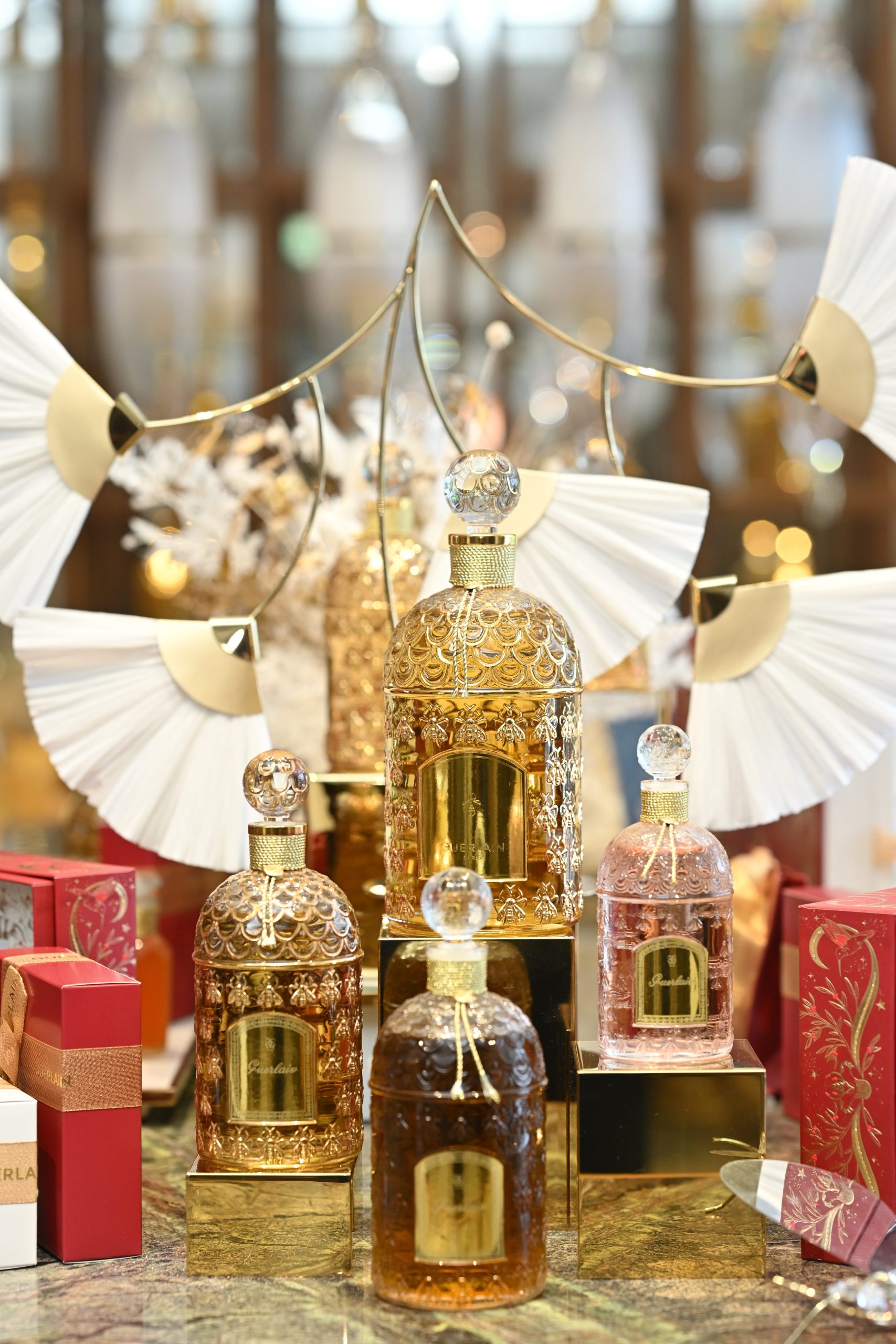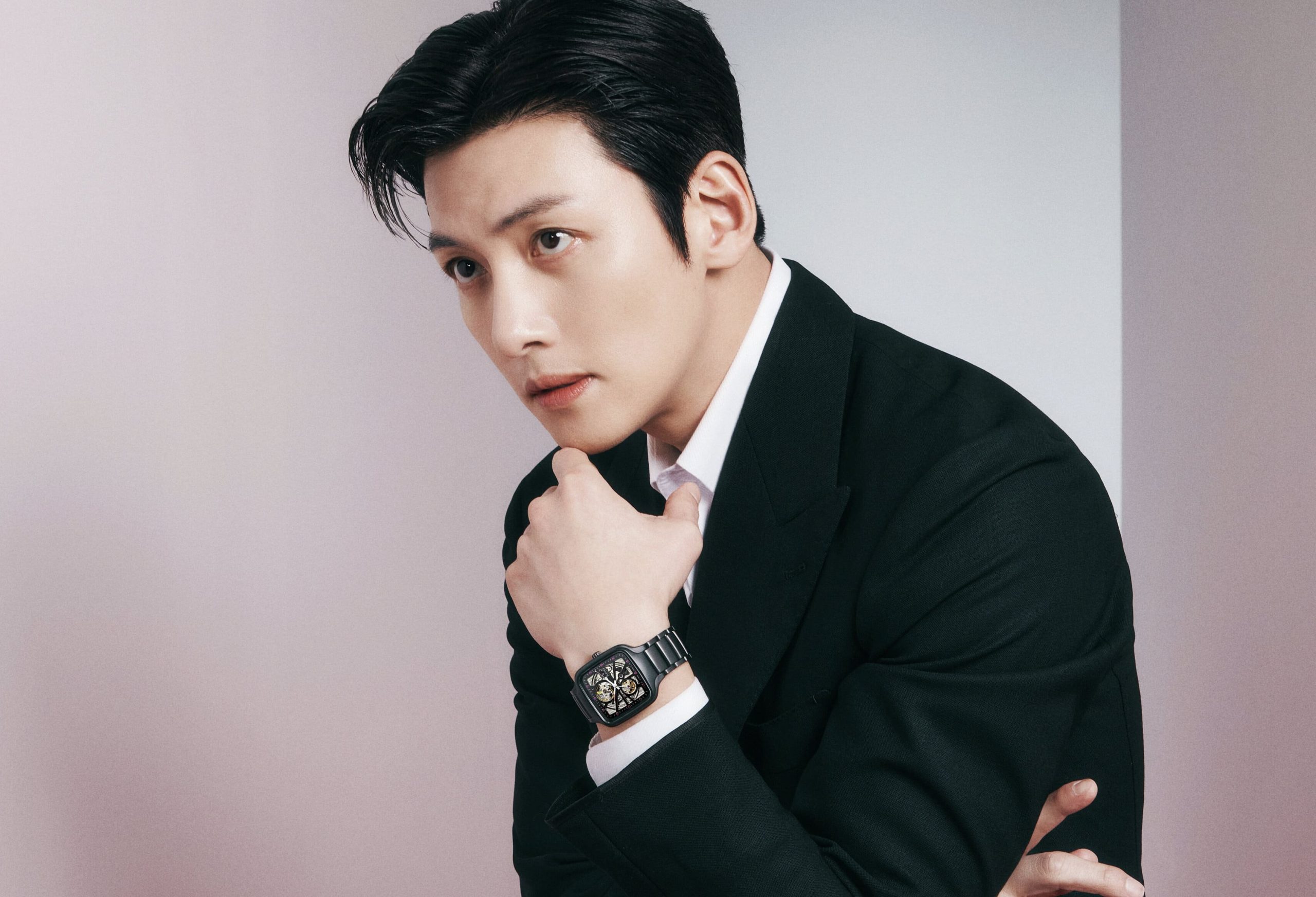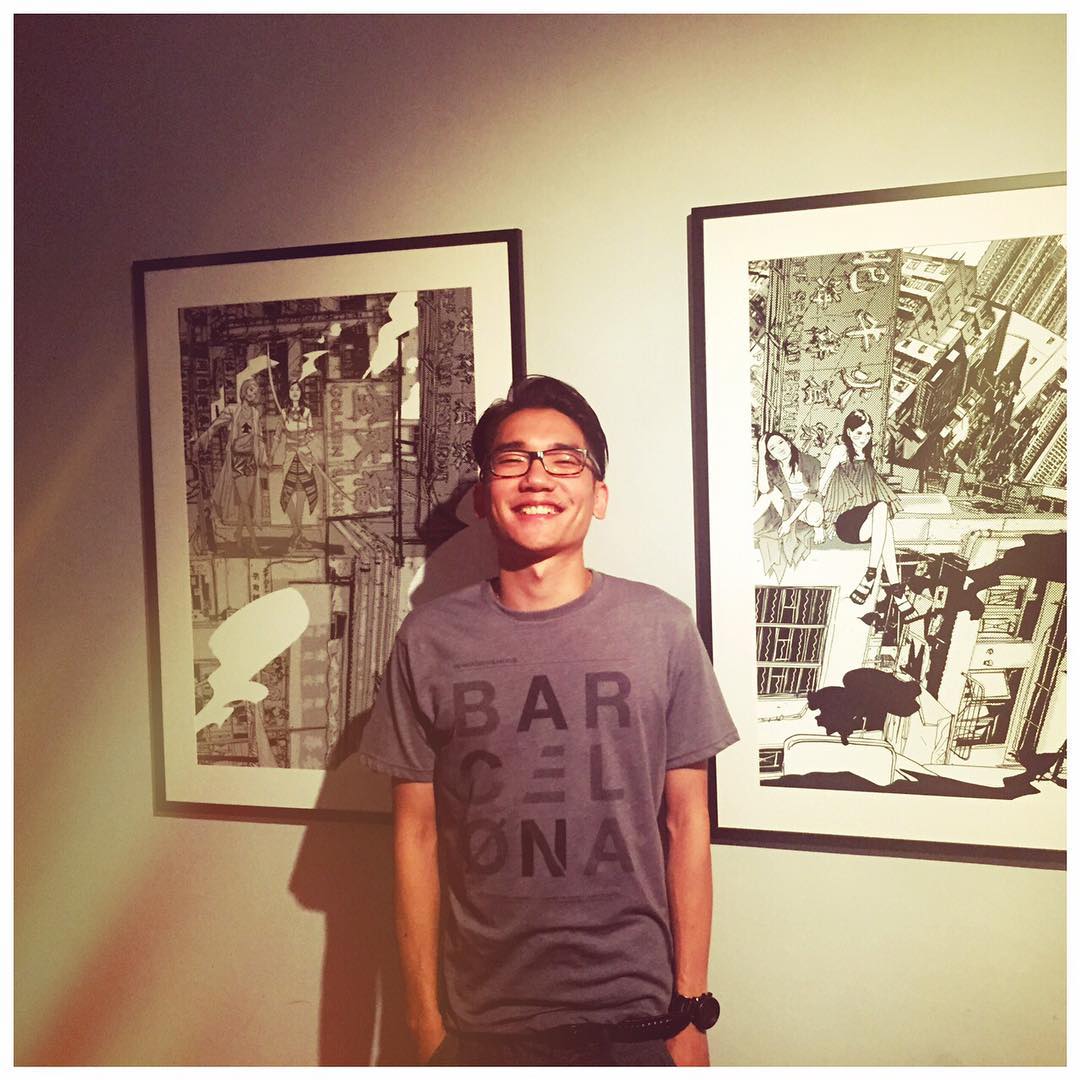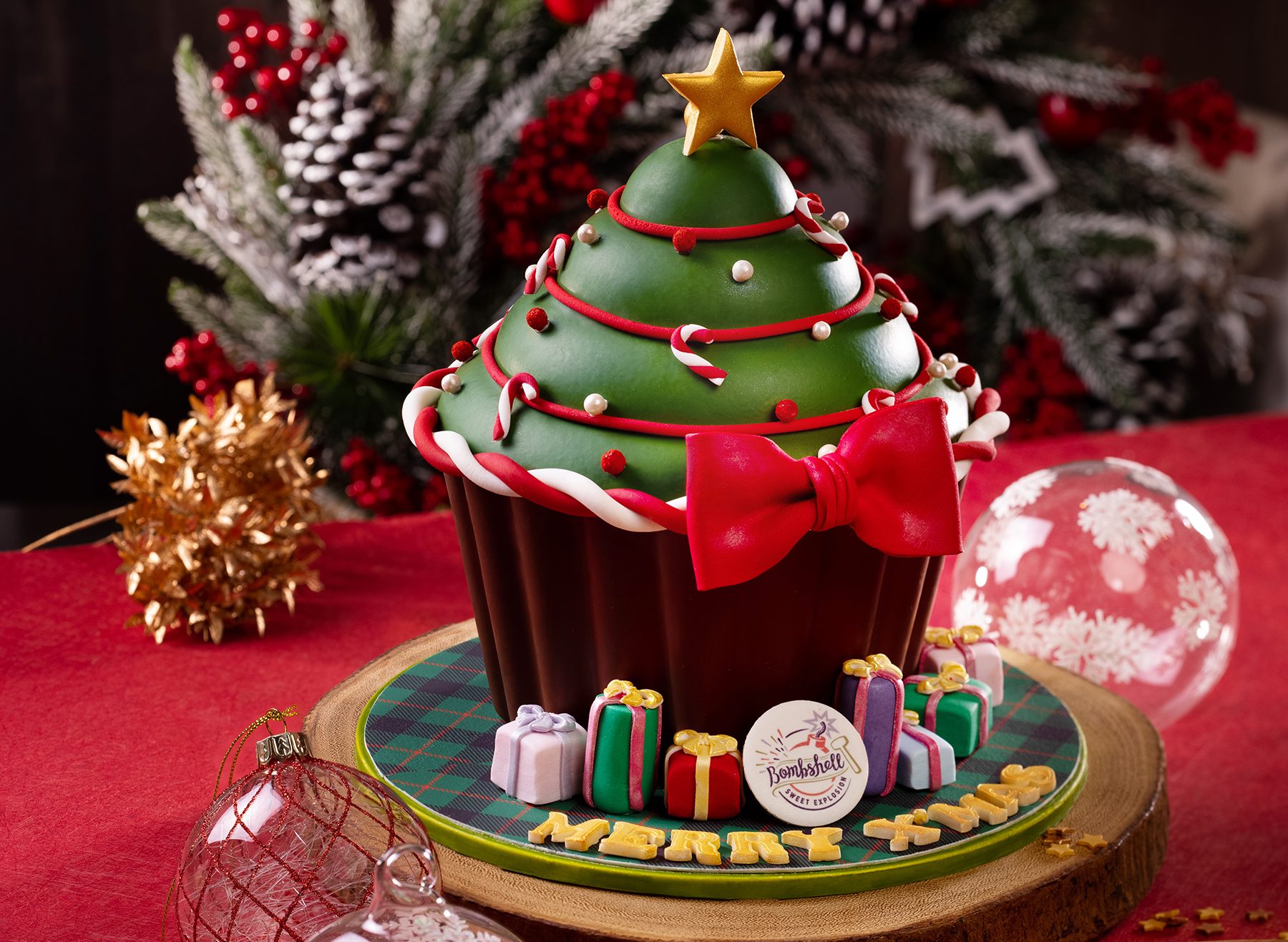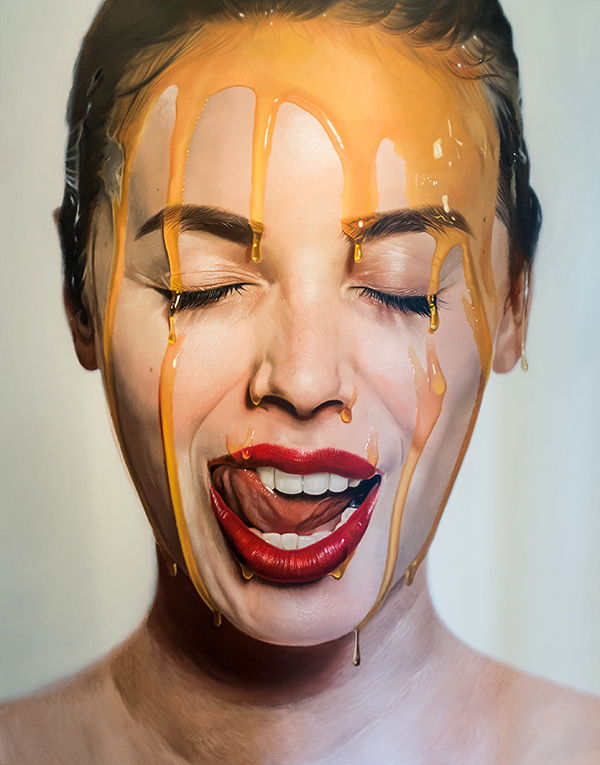
Hyperreality is a condition in which fiction and reality are blurred and blended in art and sculpture to such an extent that we struggle to discern the difference. Although the term dates to the 1970s, and the movement is seen as the outgrowth of photorealism, its currency is entirely contemporary. For two generations who’ve grown up with the internet, there may be a small minority more involved or in tune with the hyperreal world and less with the physical real world. Hyperreality in art, ultimately, is a kind of falseness, a fake art. And in a world currently obsessed with notions of fake news and declensions of faux-authenticity, the hyperrealistic is art’s hipsterville.
And so to Hong Kong’s Opera Gallery, under newly appointed director Sharlane Foo, comes Cologne-born and sometimes Los Angeles-based artist Mike Dargas, a contemporary visual purveyor whose style reflects a fusion of classical technique with the aesthetics of the digital age.
Entirely self-taught, Dargas’ technical and stylistic approach to painting depicts a holistic absorption of the variety of artistic mediums and crafts that he has practiced. From composing large-scale chalk drawings as a child to carpentry and his time as a tattooist, Dargas’ accomplished work contains elements of each medium.
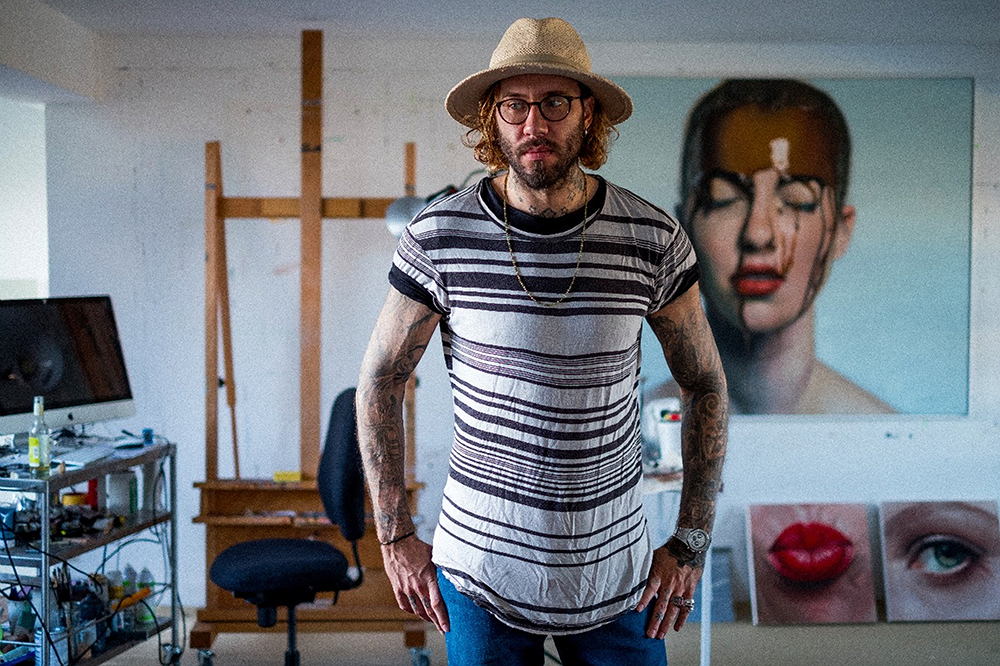
Inspired by artists such as Dali, Caravaggio and contemporary hyperrealist Gottfried Helnwein, Dargas has studied various techniques and developed a passion for realism, which he narrowed down to hyperrealism over the years. This extremely precise oil-painting technique gives, like photography, a snapshot of the moment – yet with an even more intimate level of detail. Dargas is democratic in his choice of subject matter, painting young and old, beautiful and dark, fragile and robust.
Healing Beauty, the series he’s showing now, goes full-on feminine for its identity. The composition of Dargas’ portraiture presents an underlying interest in the covering or coating of the skin or the figure, by liquid or material. The life-like element can be seen within the pose of the sitters, often in movement, with drips suspended in time. Thus, the paintings, resemble the photographic medium capturing ephemeral beauty. Or, as the artist puts it: “My paintings are trying to catch an emotional snapshot and are trying to evoke a certain feeling in the viewer”. #legend spoke to Dargas on the eve of his show’s opening.
You have a hyperrealistic style, composed of large-scale oil-on-canvas portraits. One of their most visible features is the depiction of different liquids that evoke the senses, not only visual, but also tactile. Is it a way of constant and essential experimentation?
Let’s say it’s realism playing with elements of hyperrealism and photography. And yes, I absolutely enjoy experimenting with my motifs and techniques, and am constantly aiming to develop both. The whole liquid series started in an experimental shooting in 2014 with the first honey piece. I was searching for a material that could cover a specific ground without hiding what is underneath. I was fascinated by honey as a liquid material and it became the base element of this new series.
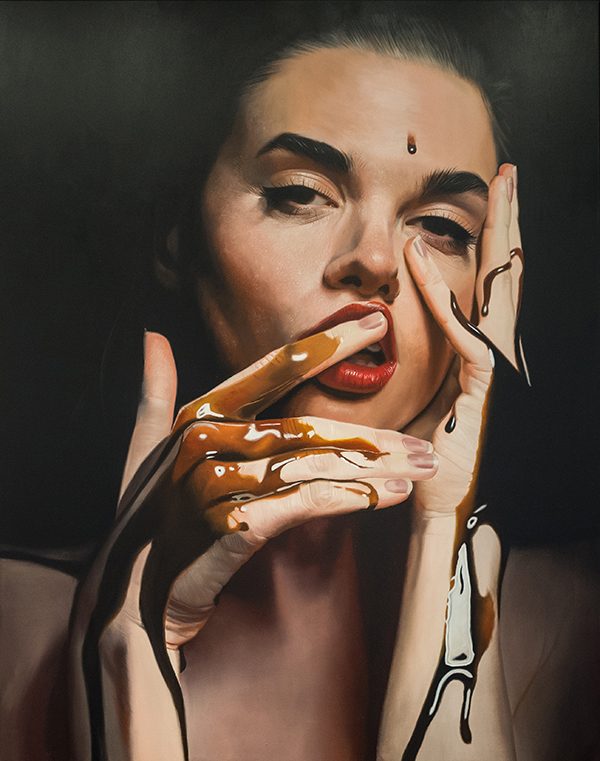 Which kind of photographic characteristics do you adopt the most on your paintings?
Which kind of photographic characteristics do you adopt the most on your paintings?
When I started using liquids for the first time, it was also a premiere to use photo shooting as part of my painting. Adding photography to my work helped me to catch the right moment of model and liquid blending into each other. At the end of this first honey shoot, my studio was a mess. This was the foundation of my Healing Beauty series.
Parts of your work push the boundaries of sexual explicitness. How do you respond to this perception?
Blame it on the Old Masters! But seriously, after focusing on faces for years, I was curious about the effect of the human body. And several works are more or less explicit. I guess it is a question of perspective.
Is eroticism an inherent part of your works?
Some call it eroticism, others sensuality or aesthetics.To me, it is about the beauty within every personality or moment.
Artists like Richard Phillips paint portraits of women in a certain context, but yours are more anonymous. Could you explain the lack of clue about the scene or the model?
My art mainly deals with the emotional world. Therefore, I don’t paint concrete imagery. All of my paintings are trying to catch an emotional snapshot and aim to evoke a certain feeling in the viewer.
Your works are mainly portraits frozen in time. There is a strong sense of stillness in your works, like the calm before the storm. Can you describe why and how you have chosen to capture this essence?
It is true, my paintings capture a snapshot of the moment. Like you said, a “calmness” within a moment to catch the emotion behind it. If the viewer has the impression of a glimpse of soul in my paintings, I would be more than happy.
What do you look for on the faces you choose to paint? Is there a specific reason why you paint mostly women? What is your relationship with your models? Is it something very fast-paced or do you try to establish a long-term and more personal connection?
Faces are a mirror of our soul. My art is also very personal and reflects my current state of mind. I use portraits to reflect emotions and personal stories. So my decision for a face is more based on a feeling than on the relation to it. I remember an early series which was quite male, dark and destructive – it dealt with inner conflicts and anger – whereas the following Healing Beauty series with honey and other liquids focused on feminity, beauty and fragility. The additional liquids in this beauty series imitate the various masks we use in our everyday life to hide and protect ourselves. Compared to early paintings showing a clean portrait, I was surprised by how easily a personality can be hidden by small adjustments. Beauty, for me personally, also has a healing effect and in turn became a harbinger for the following Transformation series.
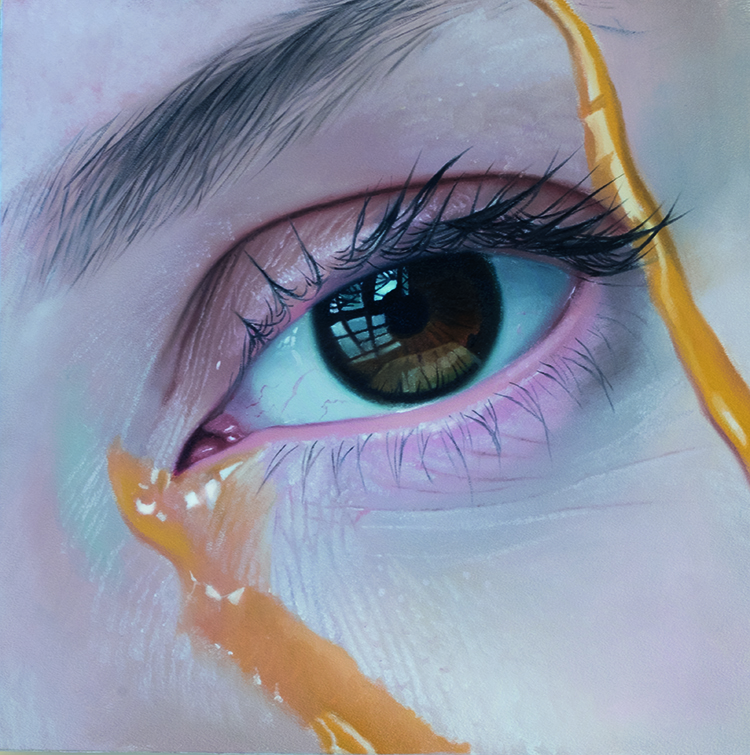
Can you tell us more about the inspiration behind your latest series?
My previous series is named Transformation. I had asked myself how people deal with the search for identity and personal conflicts. The series explores the process of change – a fundamental and inevitable circumstance of life. Having gone through major changes myself, I examined the moment of personal transformation: the struggle, the hope and the fear. This new body of works aims to visually capture a feeling that is difficult to explain, but universally felt.
When you are working, what’s the studio ambience? Quiet or musical? Early bird or night owl?
While working in the studio, I listen to Spotify all the time and I am not a morning person. I enjoy getting up late, having a latte with a chocolate croissant and working until late in the night.
How do you position yourself in the current German art landscape?
The German art landscape is all about academic degrees, names and concepts. It is very intellectual. I am a self-taught artist, painting realistically, focusing on the emotions in art, referring to old-school painters… I might be falling through the cracks of the German art scene.
Is there any particular work by other artists that you would want to have?
I have just started a collection of other artists’ works. I have a beautiful bronze torso by Carole Feuerman, a brilliant and strong American artist from New York. I own a paper gun sculpture by brilliant Turkish artist Irfan Önürmen and a light sculpture by the emerging young German artist Stefan Marx. But there are so many more works I admire.
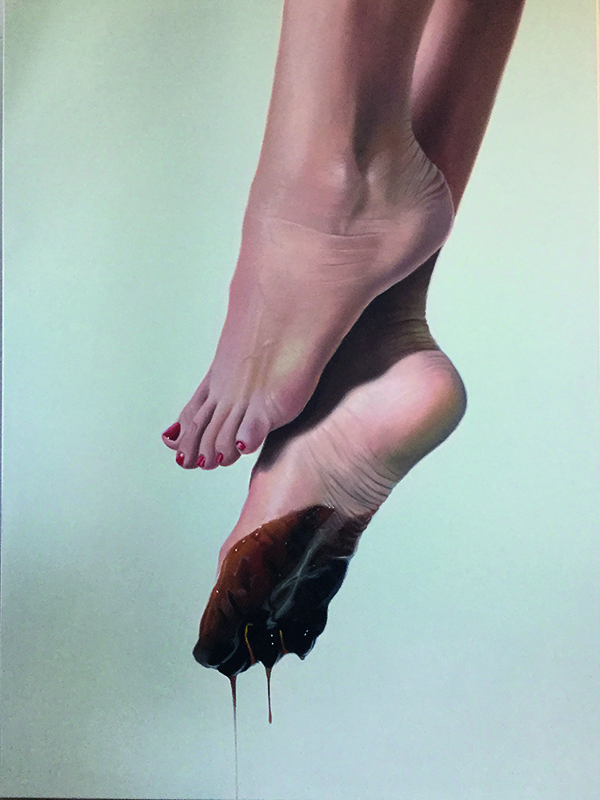
Can you talk about your ongoing and future projects? What artistic challenges would you like to take on?
I am very excited for 2018 and my upcoming projects. I will exhibit in Asia, at Opera Gallery Hong Kong for the first time, join Art Central Hong Kong and will have my first solo show at the Museum of Modern Art in Germany.
As this is your first solo exhibition in Hong Kong, do you have any words for the local audience?
I look forward to meeting everyone. Let’s have a blast!
This feature originally appeared in the February 2018 print issue of #legend



